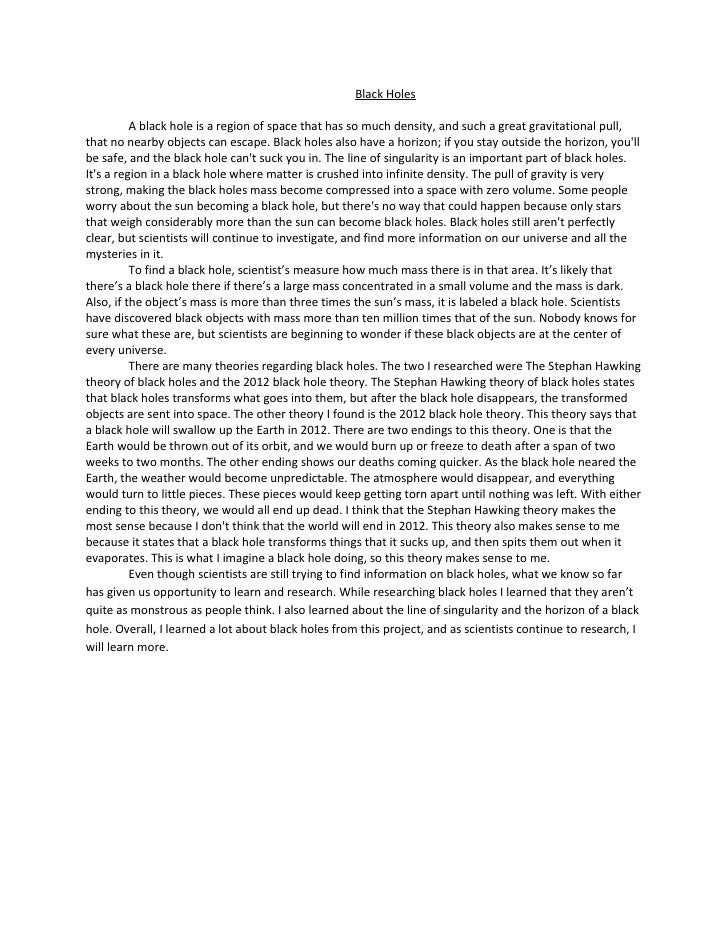This book provides an accessible introduction to the fascinating and topical subject of black holes. It bridges the gap between popular non-mathematical expositions and advanced research texts, using simple undergraduate level calculations and the most basic knowledge of relativity to explain current research. This means the theory can be understood by a wide audience of physicists, including those who are not necessarily interested in learning higher-level mathematical techniques. The third edition links more of the current research trends to fundamental aspects of the physics of black holes. Additionally:. It provides an accessible introduction to the two most useful exact solutions of Einstein's vacuum field equations describing black holes, using only basic tensor calculus.

Rice University
Explores the geometry and physical properties of these spacetimes through the motion of particles and light. Explains the use of different coordinate systems, maximal extensions and Penrose diagrams. Discusses the association of the surface area of a black hole with its entropy and shows that, with the introduction of quantum mechanics, black holes cease to be black and can radiate. This allows black holes to satisfy the laws of thermodynamics and thus be consistent with the rest of physics. Includes over 100 problems and solutions This new edition introduces a chapter dedicated to a selection of recent results. Existing chapters have been updated and new explanatory material has been added to aid in the understanding of the physics. This book is recommended reading for advanced undergraduate students and first-year postgraduates who will find it a useful stepping-stone to the advanced literature.
Sample Chapter(s) Contents:. Relativistic Gravity. Spherical Black Holes. Rotating Black Holes. Black Hole Thermodynamics. Wormholes and Time Travel.
ITP-UU-09/11 SPIN-09/11 INTRODUCTION TO THE THEORY OF BLACK HOLES⁄ Gerard ’t Hooft Institute for Theoretical Physics Utrecht University and Spinoza Institute.
Satisfiability
Black Holes in Other Dimensions. Astrophysical Black Holes Readership: Advanced undergraduate students and first-year postgraduates in fields of astrophysics, astronomy and cosmology. Professor Derek Raine is a National Teaching Fellow. He is Director of the Centre for Excellence in Innovative Physics Teaching, and Associate Director of the Centre for Interdisciplinary Science, both at Leicester. He was awarded the Bragg Medal of the Institute of Physics and an MBE for services to science education. Dr Edwin Thomas is a visiting lecturer in the Department of Physics and Astronomy at the University of Leicester where he was a lecturer until his recent retirement.

He has taught courses on relativity for many years and has co-authored three other physics textbooks.